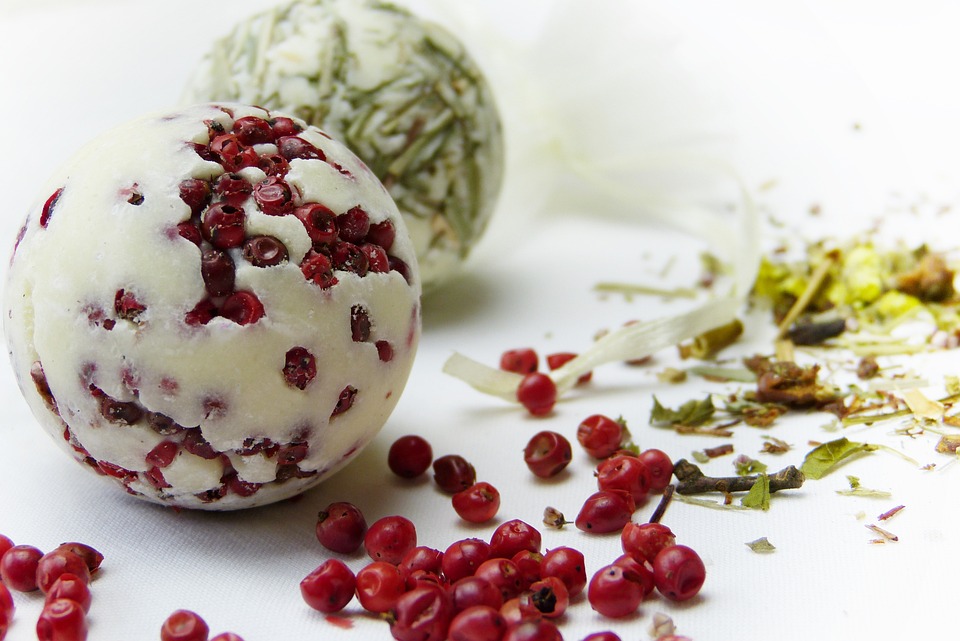[ad_1]
Fermentation is a process that has been used for thousands of years to preserve food and enhance its flavor. One popular fermented food is miso, a traditional Japanese seasoning made by fermenting soybeans with salt and koji, a type of fungus. In this article, we will explore the science behind fermentation and the fascinating process of making miso.
The Science of Fermentation
Fermentation is a metabolic process that converts carbohydrates, such as sugars and starches, into alcohol or organic acids using microorganisms like yeasts, bacteria, or fungi. During this process, the microorganisms break down the complex carbohydrates into simpler compounds, producing byproducts such as carbon dioxide and various organic compounds.
In the case of miso-making, the fermentation process is initiated by the fungus Aspergillus oryzae, also known as koji. Koji is a vital ingredient in the production of miso, as it provides the necessary enzymes to break down the soybeans’ proteins, starches, and fats into amino acids, sugars, and fatty acids.
The Miso-making Process
The process of making miso typically begins by cooking and mashing soybeans, combining them with salt and koji, and fermenting the mixture for a certain period, ranging from a few weeks to several years. The quality and flavor of the miso largely depend on the ingredients used, the fermentation time, and the fermentation temperature. The longer the fermentation period, the richer and more complex the flavor of the miso.
During the fermentation process, various chemical reactions occur, leading to the production of different compounds that contribute to the unique flavor, aroma, and texture of miso. The presence of lactic acid bacteria also plays a role, helping to further break down the soybeans and produce additional organic acids, which contribute to the preservation of the miso.
The Benefits of Miso
Miso is not only valued for its rich umami flavor but also for its potential health benefits. Due to the fermentation process, miso contains beneficial probiotics and a variety of bioactive compounds, including vitamins, minerals, and antioxidants. Additionally, miso is a good source of protein and may also have anti-inflammatory and immune-boosting properties.
Consuming miso in moderation may support gut health, improve digestion, and contribute to overall well-being. Its unique flavor and versatility also make it a popular ingredient in a wide range of dishes, from soups and marinades to dressings and sauces.
Conclusion
The science behind fermentation and the miso-making process is complex and fascinating. Understanding the key role of microorganisms, enzymes, and chemical reactions sheds light on the art and science of traditional food production. The rich history and cultural significance of miso, coupled with its potential health benefits, make it a valuable addition to any diet.
FAQs
1. What is koji?
Koji is a type of fungus, specifically Aspergillus oryzae, that provides the necessary enzymes to break down the proteins, starches, and fats in soybeans during the fermentation process of miso-making.
2. How long does it take to make miso?
The fermentation period for making miso can vary widely, ranging from a few weeks to several years. The length of fermentation time will affect the flavor, aroma, and texture of the final miso.
3. What are the potential health benefits of miso?
Miso contains beneficial probiotics, vitamins, minerals, and antioxidants due to the fermentation process. Consuming miso in moderation may support gut health, improve digestion, and have anti-inflammatory and immune-boosting properties.
[ad_2]




Comments